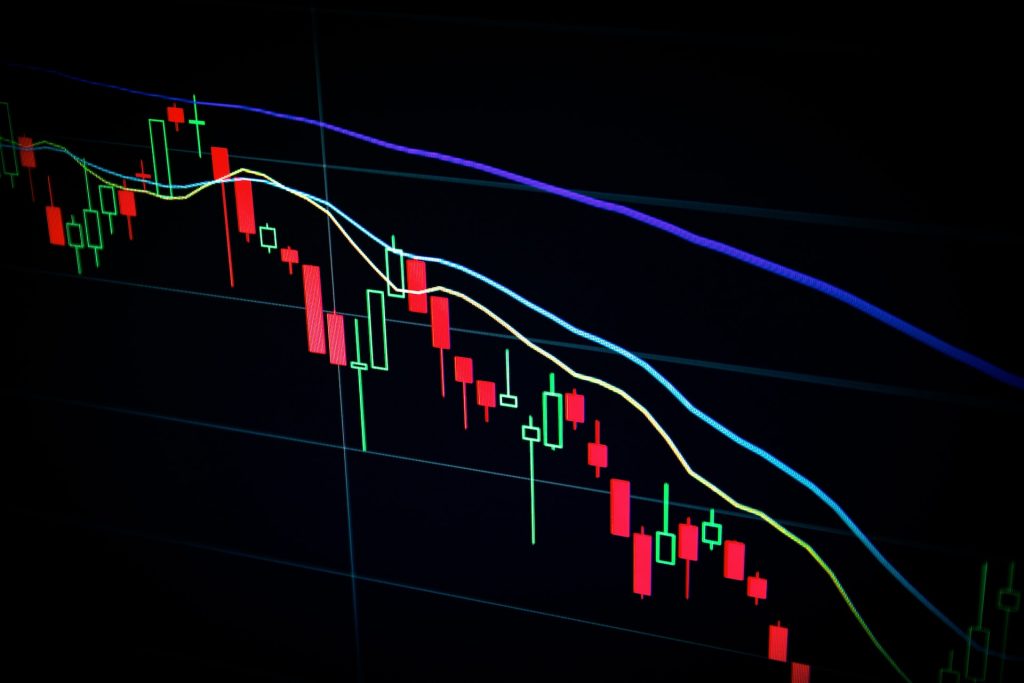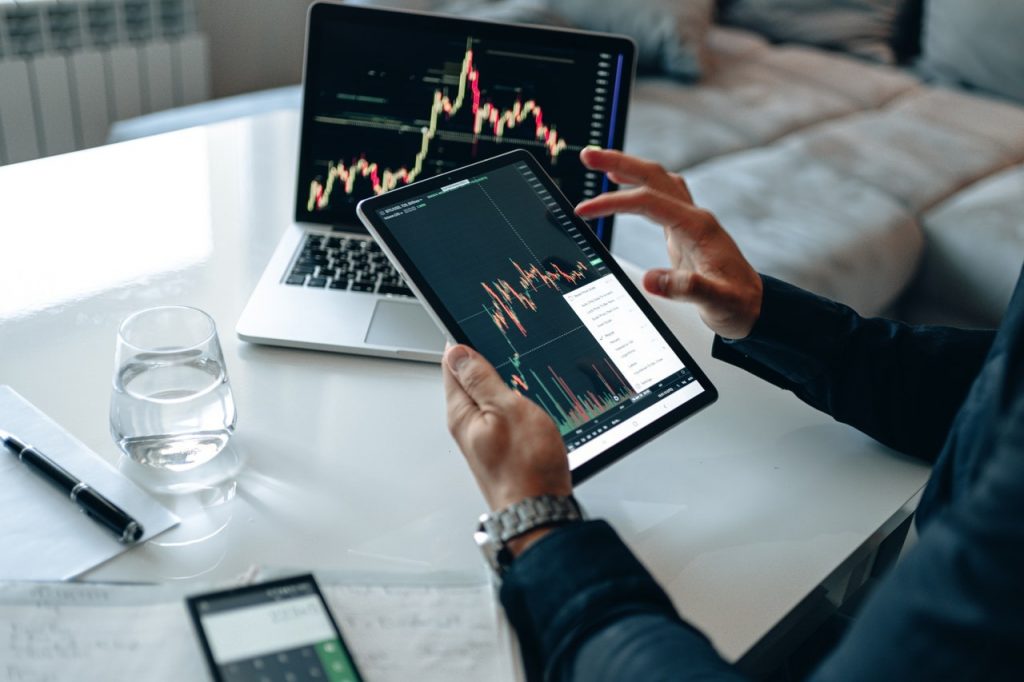Automated crypto trading platforms are revolutionising how individuals and businesses engage with the cryptocurrency market. By leveraging advanced algorithms and artificial intelligence, these platforms offer a seamless and efficient way to trade cryptocurrencies.
This article delves into the core features of automated crypto trading platforms, highlighting their ability to enter and exit trades according to a predefined trade plan, manage risks effectively, and maintain comprehensive trade journals.
1. Automated Trade Execution
The cornerstone of automated crypto trading platforms is their ability to execute trades autonomously. Users can set specific criteria for entering and exiting trades, based on their investment strategy. This might include buying or selling when a cryptocurrency reaches a certain price, or following trends indicated by technical analysis. Once these parameters are set, the platform takes over, making trades in real time without the need for manual intervention. This not only saves time but also eliminates the emotional biases that often lead to poor trading decisions.
2. Risk Management
Risk management is a critical aspect of any trading strategy, and automated platforms excel in this area. They allow traders to set predefined rules for risk exposure, such as stop-loss orders and take-profit points. This means that trades are automatically closed when they reach certain profit levels or when losses exceed a certain threshold, protecting the trader’s capital. Additionally, these platforms can adjust the size of trades based on the current volatility of the market, ensuring that positions are proportional to the level of risk.
3. Trade Journaling
One of the most valuable features of automated crypto trading platforms is their ability to journal every trade. This record-keeping is vital for analysing performance over time, identifying successful strategies, and pinpointing areas for improvement. The platforms automatically log details such as the date and time of trades, the types of cryptocurrencies traded, prices, volumes, and the profit or loss for each trade. This data is essential for traders to refine their strategies and make informed decisions for future trades.
4. Accessibility and Ease of Use
Automated trading platforms are designed with user-friendliness in mind. They cater to both seasoned traders and beginners, providing an accessible gateway to the complex world of cryptocurrency trading. These platforms often come with intuitive interfaces, easy-to-understand analytics, and comprehensive guides to help users set up their trading strategies.
5. Continuous Trading
The cryptocurrency market operates 24/7, making it challenging for individual traders to monitor and react to market movements at all times. Automated trading platforms address this challenge by operating round the clock. They continuously analyse the market and execute trades according to the set criteria, ensuring that opportunities are never missed, even when the trader is asleep or otherwise occupied.
6. Customisation and Flexibility
Automated crypto trading platforms offer a high degree of customisation. Traders can tailor their strategies based on their risk tolerance, investment goals, and market analysis. Whether preferring conservative, low-risk approaches or aggressive, high-reward strategies, these platforms can accommodate a wide range of trading styles.
7. Security and Reliability
Given the digital nature of cryptocurrency, security is a top priority. Automated trading platforms employ robust security measures, such as encryption and secure login protocols, to protect users’ information and funds. Additionally, they are designed to be reliable, minimising downtime and ensuring that trades are executed efficiently and accurately.
Finally, automated crypto trading platforms represent a significant advancement in the world of digital currency trading. By automating trade execution, managing risks, and journaling trade data, they empower traders to operate more effectively and efficiently.
Written by Business Contributor Mark Potter


